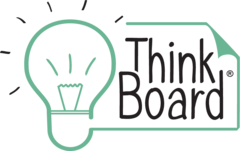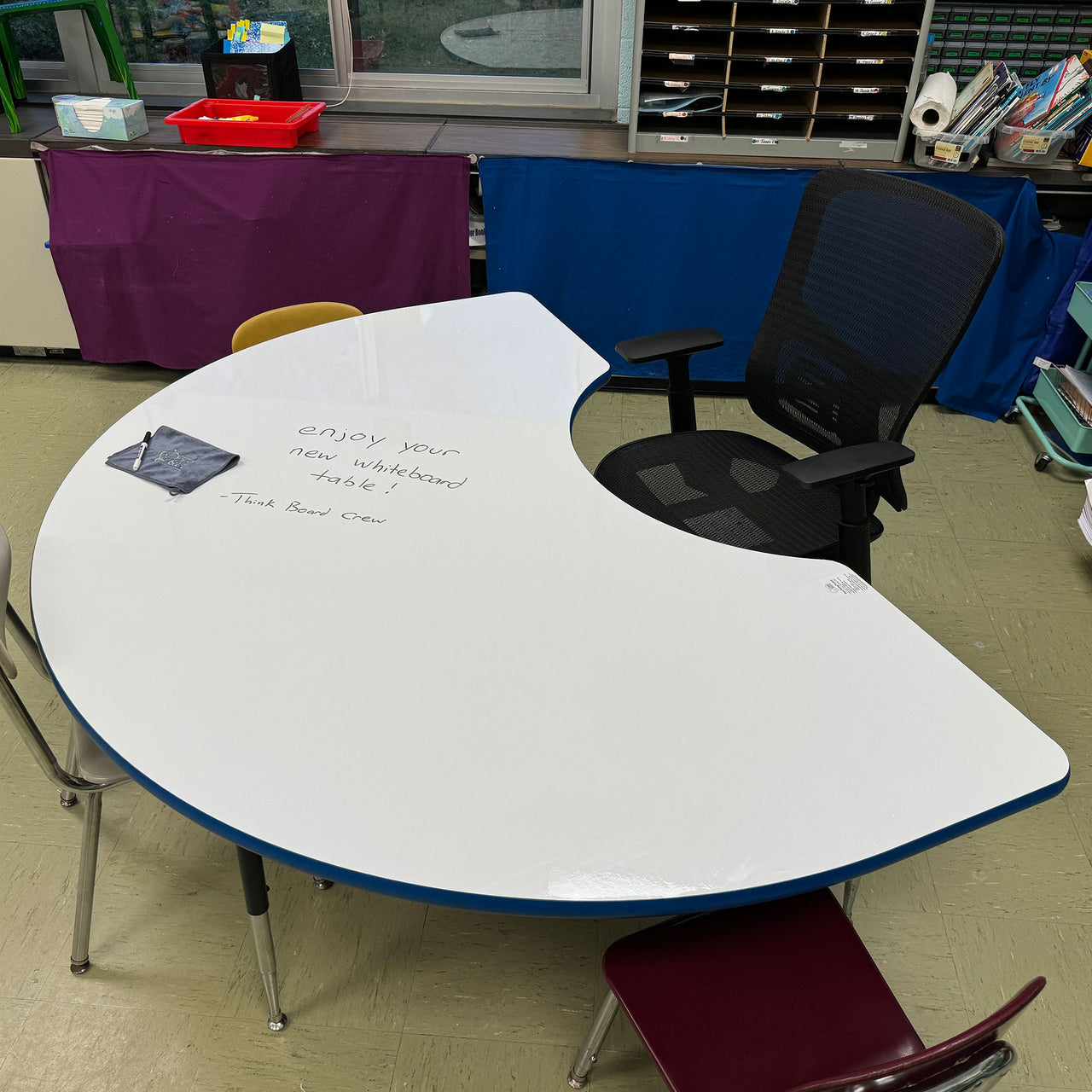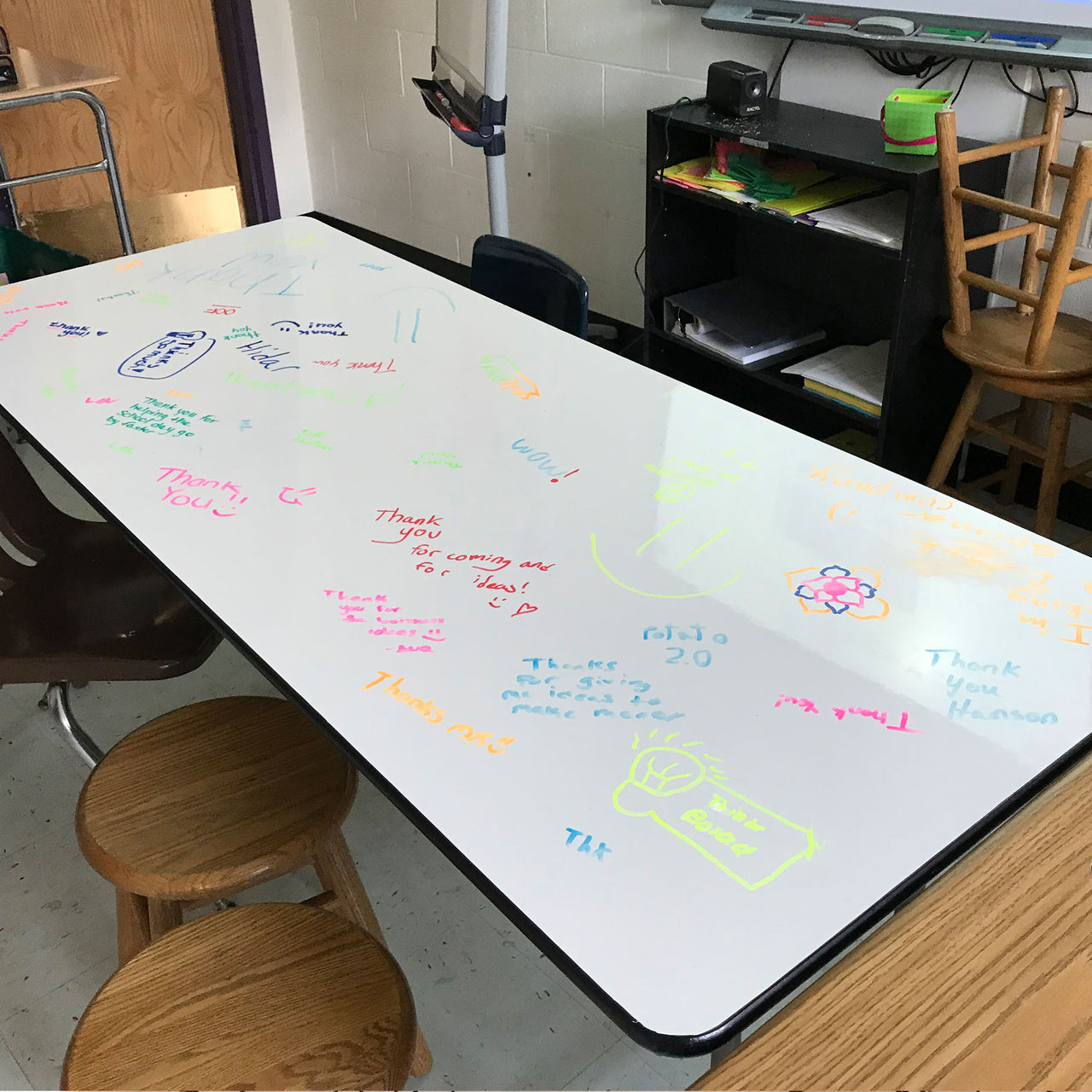Asbestos Concerns and Solutions: The Importance of Chalkboard Resurfacing in Schools
Chalkboards have been a staple in classrooms and schools for generations, but with the discovery of asbestos in walls, it's important to ensure the safety of students and staff. This blog post will discuss the concerns around asbestos exposure and chalkboard resurfacing as a solution for a safer learning environment. Let's dive into the details and learn about the importance of chalkboard resurfacing in schools to minimize potential risks.
What is asbestos?

Asbestos is a naturally occurring mineral that was commonly used in construction materials before its harmful effects were discovered. It is heat-resistant, durable, and an excellent insulator, making it a popular choice for various applications. However, due to its hazardous properties, the use of asbestos has been significantly restricted in many countries.
Is asbestos harmful?
In most cases, asbestos is not harmful as long as it's left alone. If you suspect there's asbestos behind your chalkboard or elsewhere in the classroom, it may be best to leave it. Asbestos only becomes dangerous once it has been exposed.
Asbestos exposure can be highly dangerous, especially when the asbestos-containing materials are damaged or disturbed. When asbestos fibers become airborne, they can be inhaled and become trapped in the lungs. Over time, this can lead to serious health problems, such as asbestosis, lung cancer, and mesothelioma. Asbestos exposure is particularly concerning in schools, where children spend a significant amount of time.
Do blackboards contain asbestos?
Chalkboards in classrooms may contain asbestos in their backing materials, adhesive, or even in the chalkboard paint itself. While it's not a guarantee that all chalkboards in schools have asbestos, the possibility exists, and it's crucial to address this risk. When chalkboards are damaged or deteriorate, asbestos fibers may be released into the air, posing a health risk to students and staff.
Where else can asbestos be found in a classroom?

Aside from chalkboards, asbestos may be present in various other materials commonly found in classrooms and school buildings. Some of the most likely locations include the following:
-
Insulation materials: Asbestos was widely used in insulation products, such as pipe and boiler insulation, due to its excellent heat-resistant properties.
-
Floor and ceiling tiles: Older vinyl and acoustic tiles may contain asbestos, especially those produced before the 1980s.
-
Joint compounds and textured paints: Asbestos was used in some joint compounds and textured paints to improve durability and fire resistance.
-
Heating and cooling systems: Asbestos-containing materials were often used as insulation for heating, ventilation, and air conditioning (HVAC) systems.
-
Roofing materials: Asbestos was used in certain roofing materials, including shingles and felt, due to its durability and fire-resistant properties.
-
Fireproofing materials: Schools and other public buildings often used asbestos-containing materials to improve fire resistance in structural components, such as fire doors and fire blankets.
It is essential to be aware of these potential sources of asbestos in classrooms and school buildings. If you suspect the presence of asbestos in any of these materials, it's crucial to contact a certified asbestos inspector for proper assessment and testing.
How To Handle an Asbestos Problem
If you suspect asbestos in your school's chalkboards or walls, it's important to take the following steps:
-
Contact a professional: Asbestos testing should be conducted by a certified asbestos inspector to determine the presence and extent of asbestos-containing materials.
-
Containment: If asbestos is found, immediate measures should be taken to prevent exposure. This may include sealing off the affected area and using proper ventilation systems.
-
Removal or encapsulation: Depending on the situation, asbestos-containing materials may be removed or encapsulated to prevent the release of asbestos fibers. This should always be done by a licensed asbestos abatement professional.
-
Proper disposal: Asbestos waste should be properly disposed of according to local regulations.
Let Think Board Resurface Your Chalkboard
One effective way to address asbestos concerns in your school is through chalkboard resurfacing. Think Board specializes in providing chalkboard resurfacing solutions that eliminate the need for costly asbestos removal. Our team of experts will assess your school's chalkboards and provide a safe, durable, and cost-effective alternative to traditional blackboards.
With Think Board's chalkboard resurfacing services, you can:
- Ensure the safety of students and staff by eliminating potential asbestos exposure.
- Save on costs associated with asbestos testing, removal, and disposal.
- Enjoy a cleaner, more modern classroom appearance with our high-quality resurfacing materials.
- Preserve the traditional chalkboard experience while minimizing environmental and health risks.
Before Chalkboard Resurfacing:

After Chalkboard Resurfacing:

Conclusion
Asbestos in walls and chalkboards in schools is a serious concern that should not be overlooked. With Think Board's chalkboard resurfacing services, you can ensure the safety of your students and staff while enjoying the benefits of a modern and cost-effective learning environment. Contact Think Board today to learn more about our chalkboard resurfacing solutions and protect your school from potential asbestos exposure.








